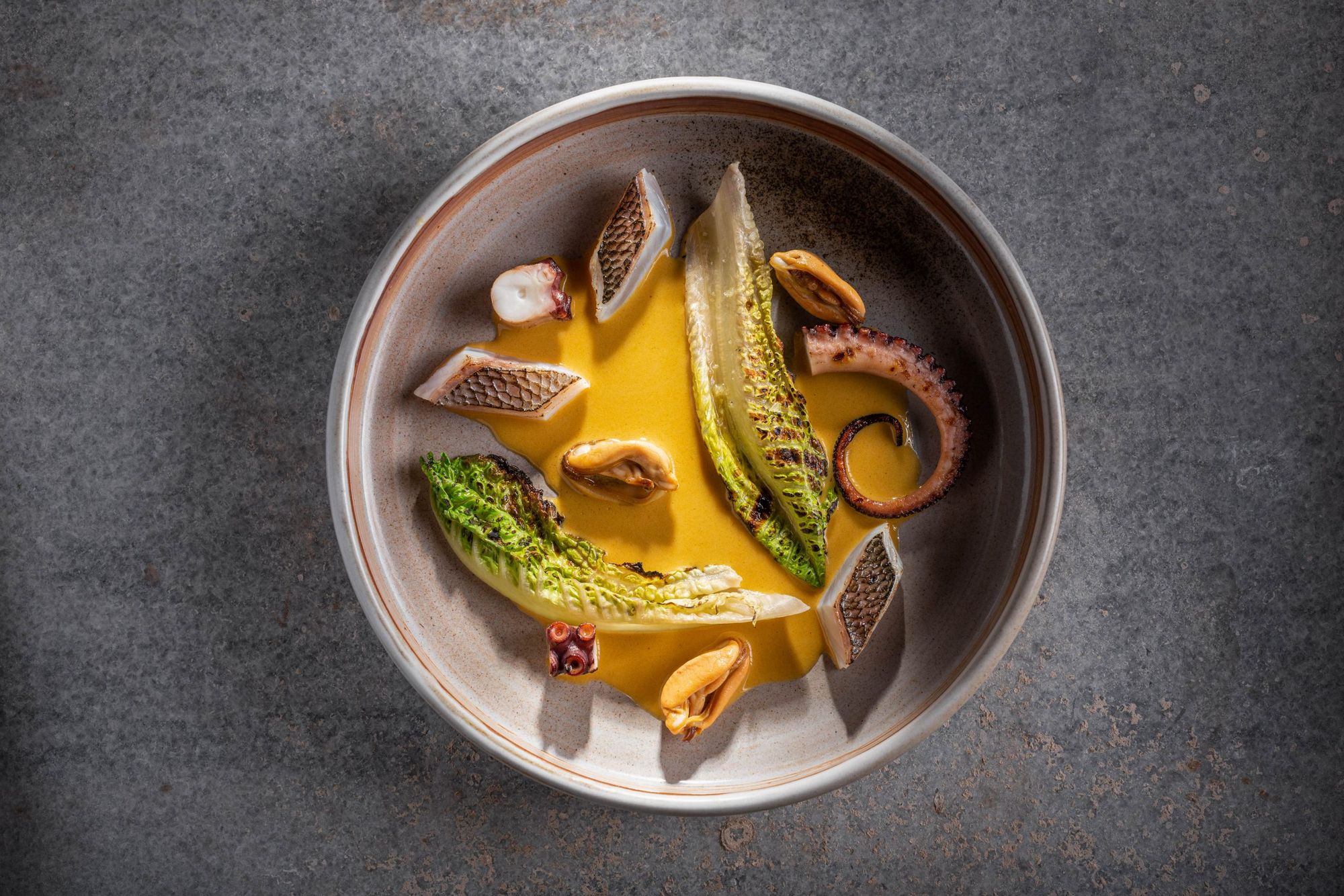Vacuum-packed dishes, illusionary restaurants and a city full of couriers—as a sector hit especially hard by the pandemic, the hospitality industry had to adopt new strategies, which resulted in changes to our consumption habits, too. How can food be sold in the online space with eco-conscious, experience-like and financially sustainable solutions? We explored what local answers have been made to the anything but simple issue that also caused a lot of debates on a global scale.
This past year has not spared the world of gastronomy: catering establishments went bankrupt, while those who managed to stay on their feet were forced to adopt new strategies. Once full of guests, urban restaurants have turned into ghost kitchens resembling catering companies. Even though most places look at this setup as a temporary situation, as the absence of meeting and giving feedback in person also poses a challenge to those working in the industry from a mental perspective, the new situation still brought a lot of changes that could also remain with us in the long term. The demand for online ordering platforms gave a further boost to the booming UX/UI design and IT sector: the courier services offered a job opportunity to many people who were forced to leave their original trades behind, while the city full of bike couriers could give rise to new demands in the design of urban transportation. More and more people are looking to become healthy and conscious consumers and support local producers, yet only a very thin layer of society can actually afford to buy the products of small businesses using high quality ingredients and having a small carbon footprint. So there are quite a few issues from a design perspective.
What new systems need to be built in order to promote the products of small producers and manufactories? How to offer sustainable and affordable solutions in the hospitality sector? What new packaging technologies could help in food delivery? How is it possible to preserve the experiences related to gastronomy amidst the changed circumstances? We explored what local answers have been made to these global issues.
Could this be the golden age of online shopping and food delivery?
The home delivery systems of well-known supermarket chains are spinning at maximum speed. Among them, kifli.hu works in a special setup: they don’t have a brick-and-mortar store, they offer shopping services online only. The Hungarian platform of rohlik.cz, the Czech online food shopping network, launched at the end of 2019 in Hungary, and its popularity has grown a lot during the coronavirus pandemic. For users, the thrill of the platform stems from the unique product assortment: the store offers premium products that cannot, or can hardly be found in conventional supermarket chains, and they also offer goods of Hungarian small producers and artisan manufactories.
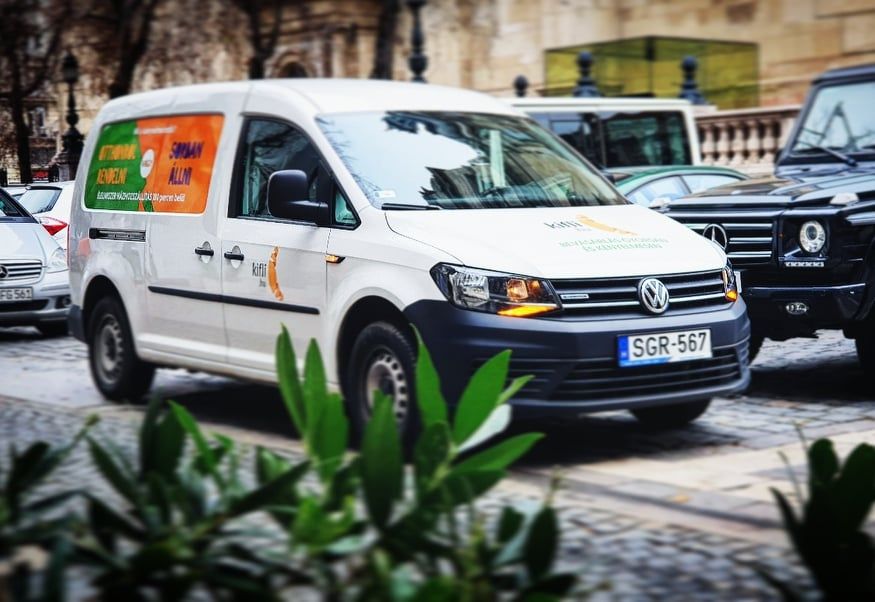
With catering establishments shutting down, the two most well-known platforms of the Hungarian food delivery market, Netpincér and Wolt, became the primary shelter for restaurants that did not build their own home delivery system or courier service. These pages turned into aggregator sites similar to streaming platforms, allowing hungry customers to browse through the selection of all restaurants available to them, and on top, in addition to the restaurants and cafes, supermarkets, drugstores and flower shops also started to distribute their products on these platforms.
Reform initiatives in the market of online food delivery
When it comes to supporting our favorite venues and ordering a tasty lunch, there are alternatives beyond Netpincér and Wolt, too. Random Food has developed a quite exciting method in the field of ready meals. This site will be a favorite to those who are fed up with spending their lunch break browsing the online menu of dozens of restaurants and would love to get rid of the burden of decision. Another great advantage of the service is that the minds behind it also thought of those with food intolerances and those following special diets: on the site, customers can select the ingredients they wish to avoid, and then the system will recommend a meal to them based on the parameters set, which they can order without knowing what it is until the courier arrives at their door. If you are one of those who prefer to know what they buy, you can also check the dish recommended before ordering.
Édes Város was launched as a similar gap-filling initiative a few years back, the website of which allows us to order sweet treats from the best pastry shops of Budapest: their selection includes the delicacies of Édességlabor, Naspolya Nassolda and Desszert Neked, just to mention a few. An advantage of the platform is that it allows us to pick the confectionary masterpieces of several producers and buy them in the same order, which will then be delivered in the special refrigerator trucks of Édes Város. The site also offers filters for food intolerances and diets and categories broken down to occasions to help us discover the sweets that suit our needs the most.
Restaurants now offer new ordering options
Several catering establishments launched carefully selected online menus, including Szimply, amongst others. The restaurant introduced a change in terms of the portions to be ordered: with the Lunch Boxes, we not only get food for a day, but for two and a half days right away. This means that several dishes arrive at the same time, allowing us to stock up. Fruccola Bird‘s vacuum-sealed dishes allow us to pre-plan our meals in a similar way. This is a novel technology in the Hungarian food delivery market, just like the service in which it is integrated. Fruccola plans to install food vending machines into office buildings, university campuses and even hospitals that offer nourishing, seasonal and fresh dishes to customers quickly and for an affordable price, thanks to the innovative packaging technology. You can test their selection through their application—available via home delivery at the moment.
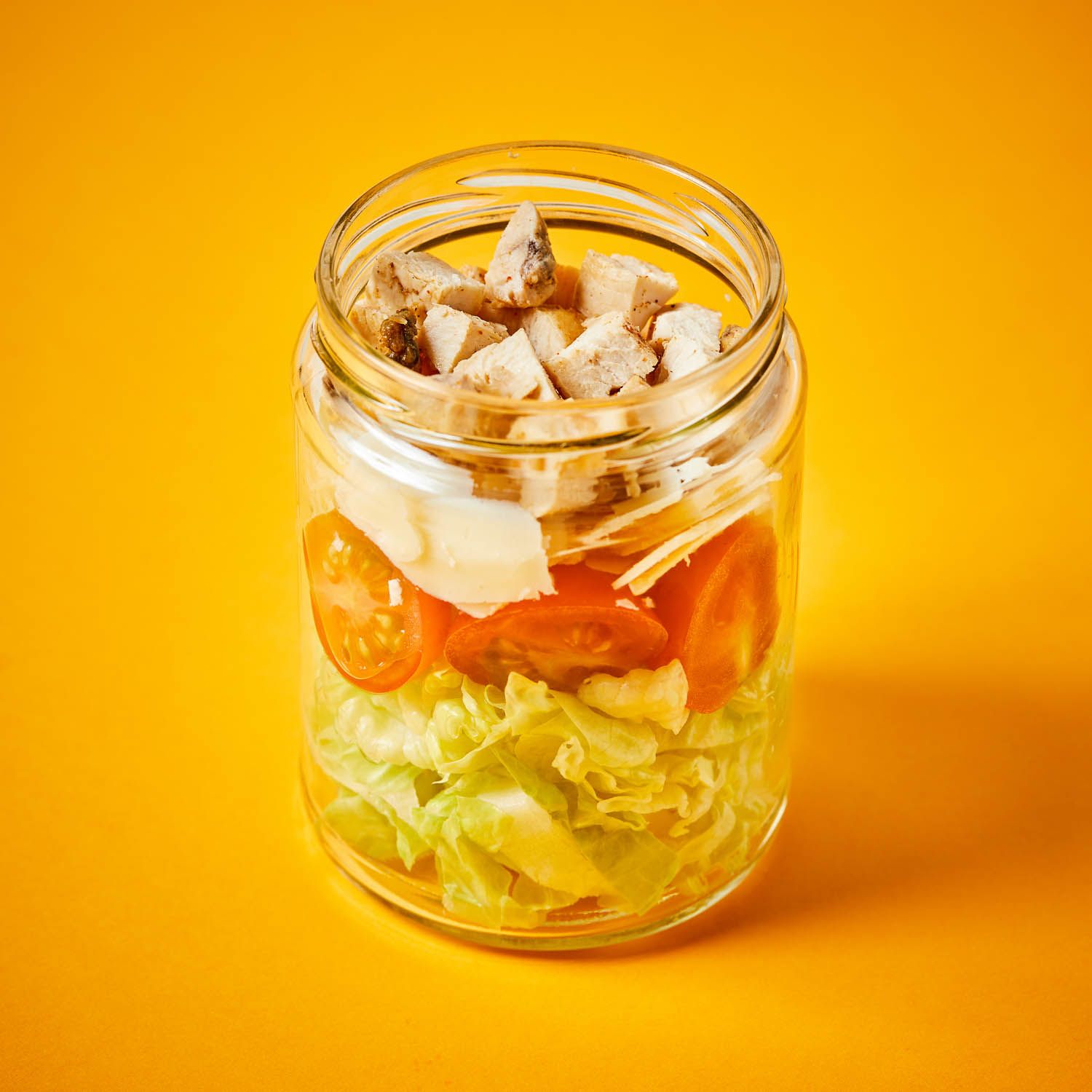
The shutdown posed a massive challenge to fine dining restaurants, too, and even though delivery offers an alternative for selling the dishes, it doesn’t guarantee the experience they provide. Many catering establishments augmented home delivery and take-out with some sort of extra service, including Rosenstein, which also launched its online store filled with its own products in addition to its menus, or Stand25, where they introduced an optional method to make up for the experience: customers can order certain ingredients of the food ordered “cold” and separately packaged, allowing them to complete the dishes themselves according to the instruction manual attached. Among others, Costes opted for the “chef goes to your place” method, while Laurel created the illusion of a restaurant: they offer an opportunity to their guests to consume their multi-course dish in an apartment near the restaurant, in safe circumstances by complying with all rules, with professional service.
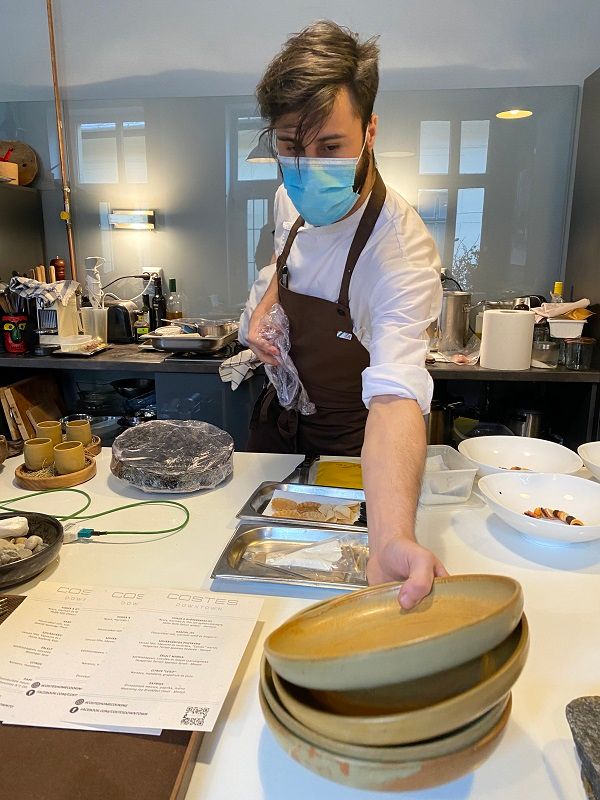
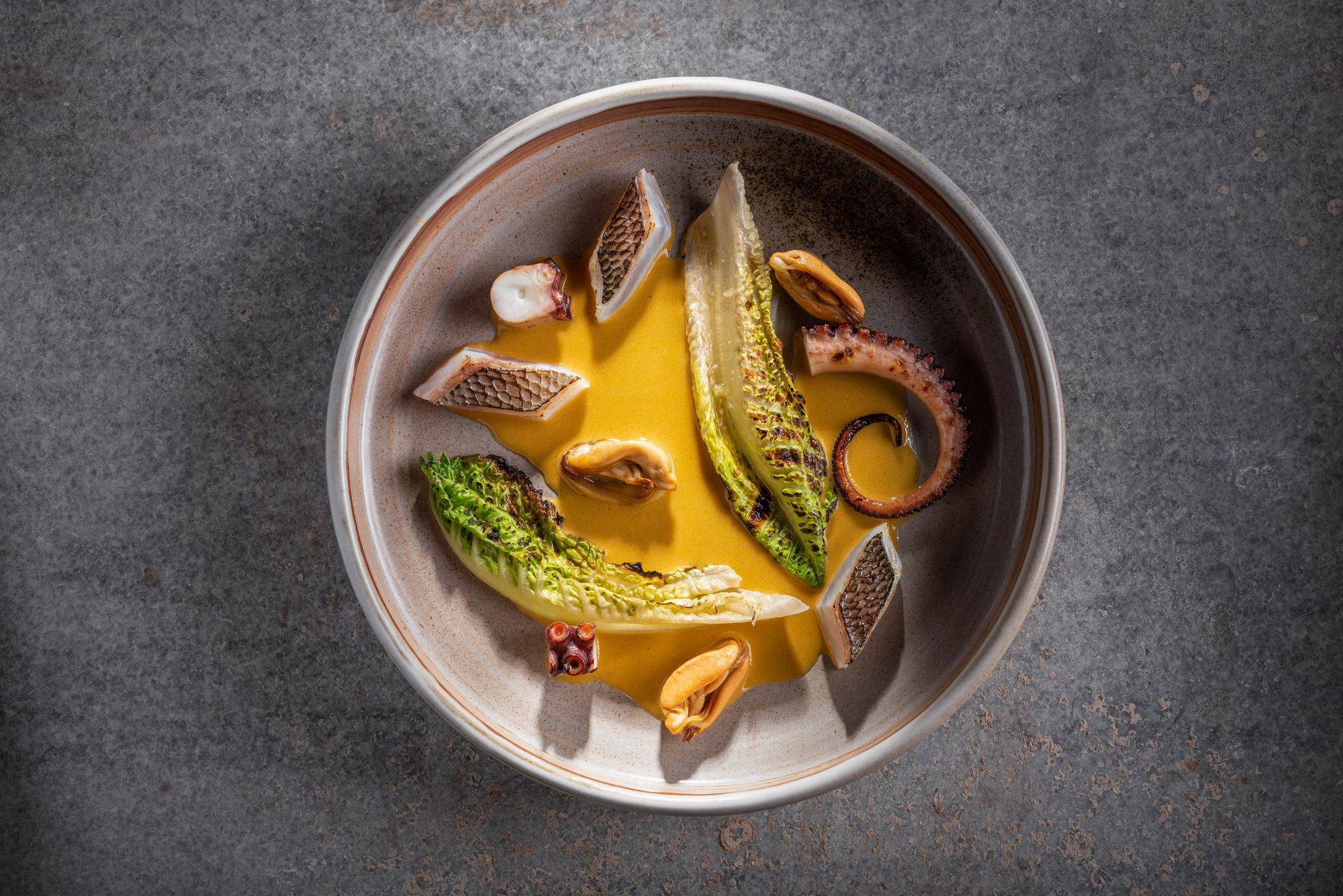
Leftover-saving strategies for a more sustainable gastronomy
One-third of the food produced in the world goes to waste, and more and more organizations and global companies are now trying to find solutions to the problem (IKEA, for one, recently published their freely downloadable cookbook for saving leftovers). A group of enthusiastic Hungarian university students was searching for a solution to the very same problem when they launched Munch in 2020: today, they have investors lined up to work with them. Through the startup’s application, we can reserve dishes that have remained at the kitchens of restaurants as leftovers on the given day and that would otherwise go to waste. The founders of the startup launched their service to fight food waste, but another great advantage of the program is that we can get fresh lunch menu with a 40% discount. The users of the Munch app can reserve the “Munch” portion of restaurants and bakeries nearby for a fraction of the original price. When they reserve the portion, they don’t know what they’ll get for their money. The content is a surprise, but based on my first experience with Munch, I can tell you that if someone’s not overly choosy, this is not something they should be afraid of: I got a three-course meal from the local eatery for 790 HUF, and, even though it may have been an exception, I could even choose which of the two leftover pottages I preferred.

Urban astronauts | PAJAK × LANGE & LANGE

Read in style! | Anna Ott is bracing with Hungarian designers










